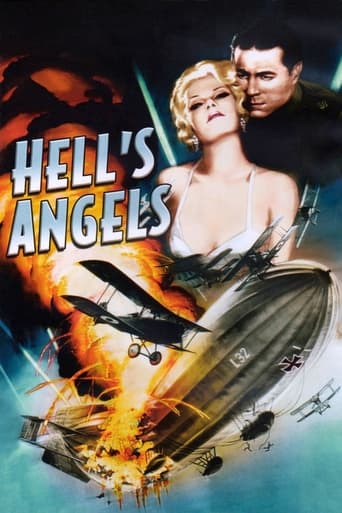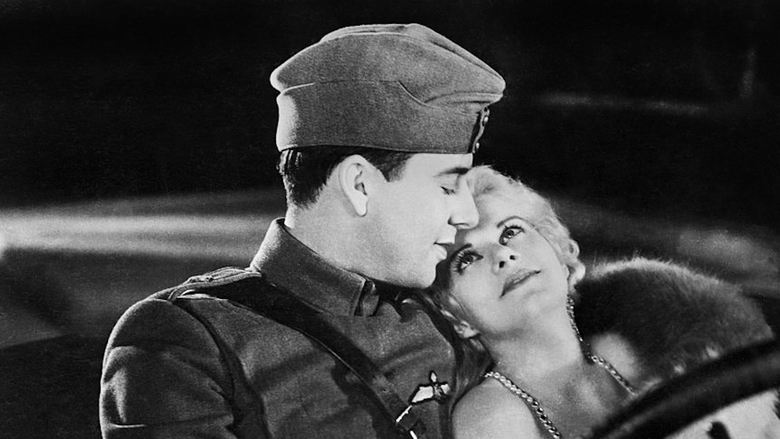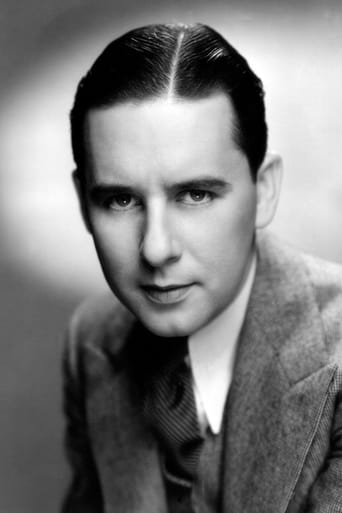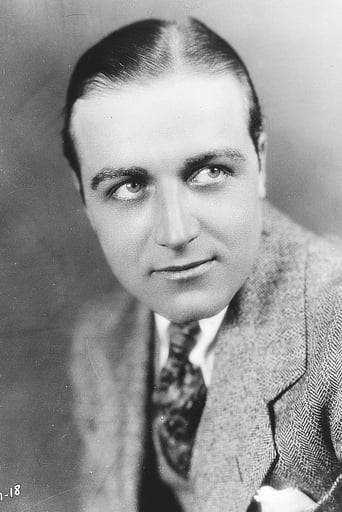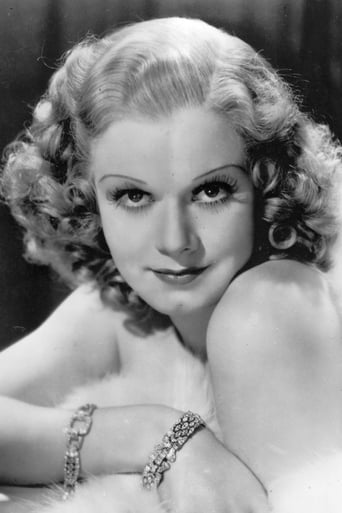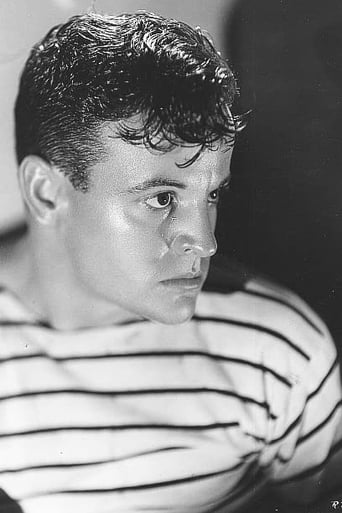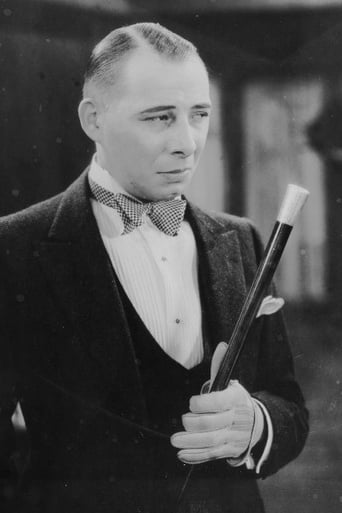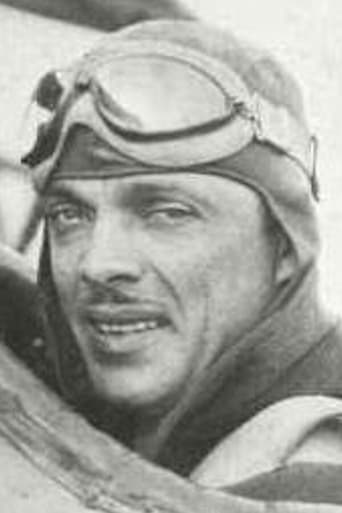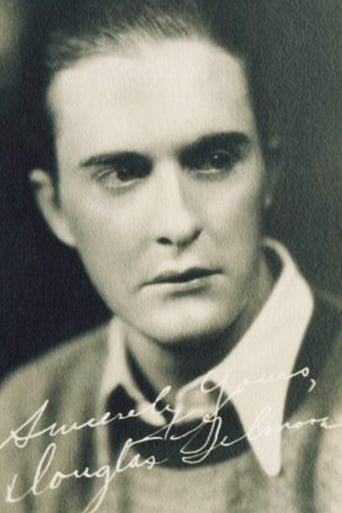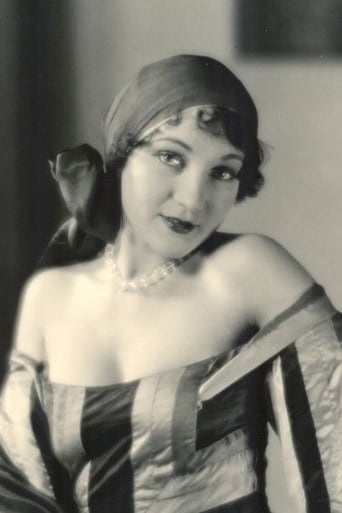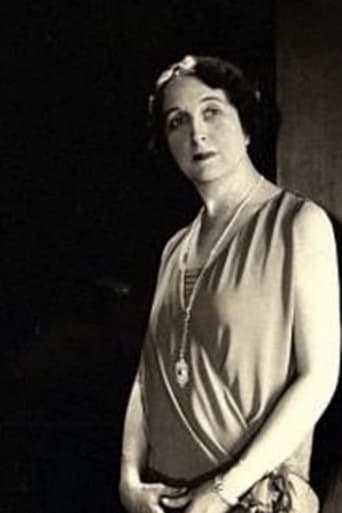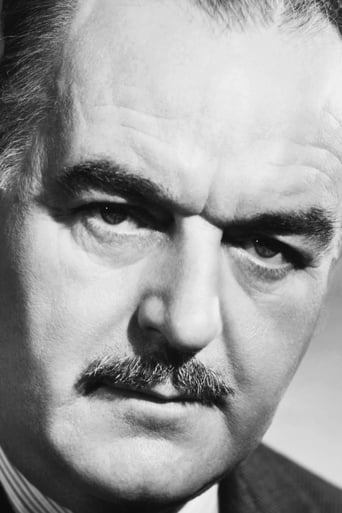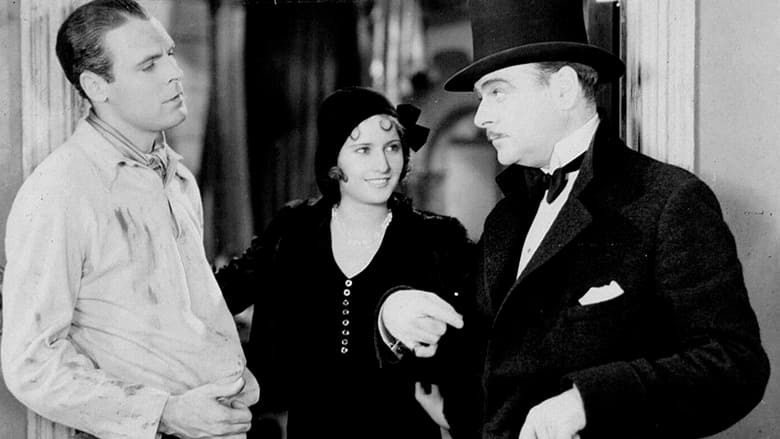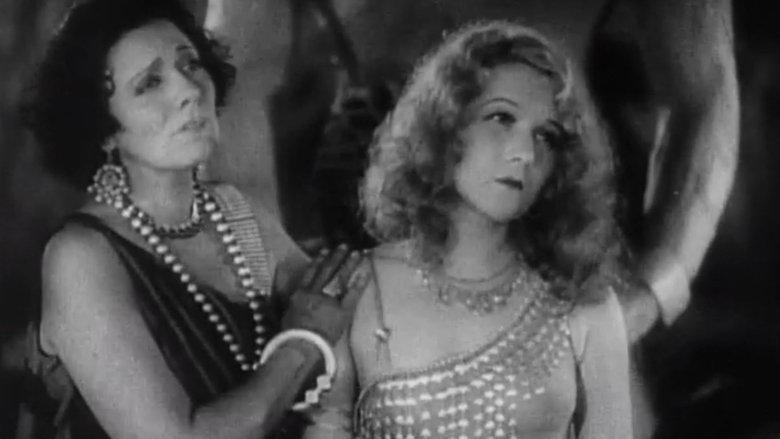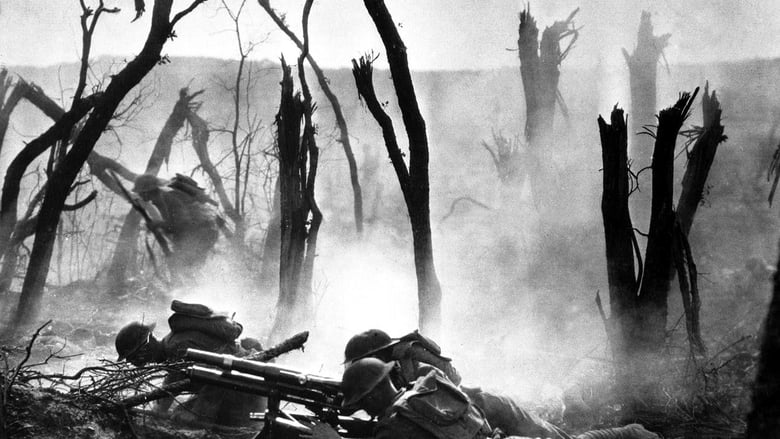When World War I breaks out, brothers Roy and Monte Rutledge, each attending Oxford university, enlist with the Royal Flying Corps.


Similar titles
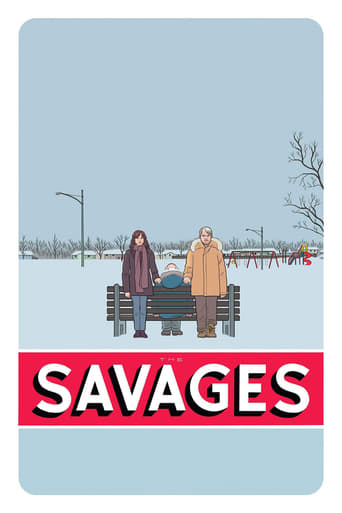

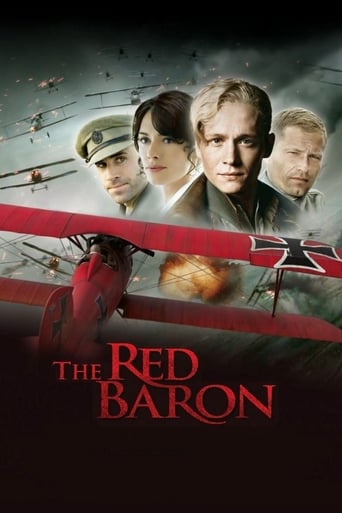


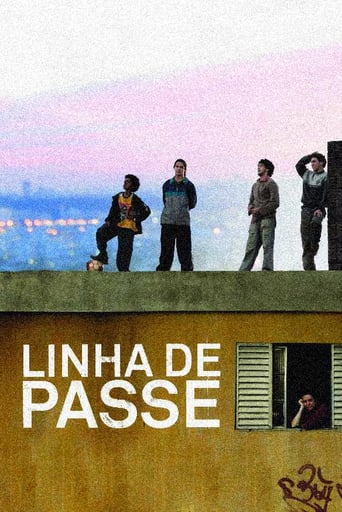
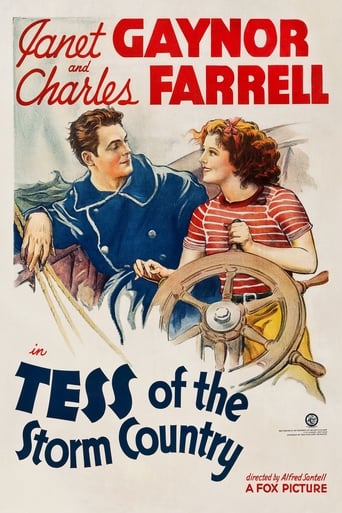
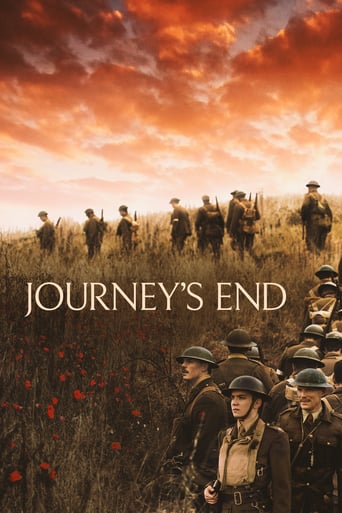
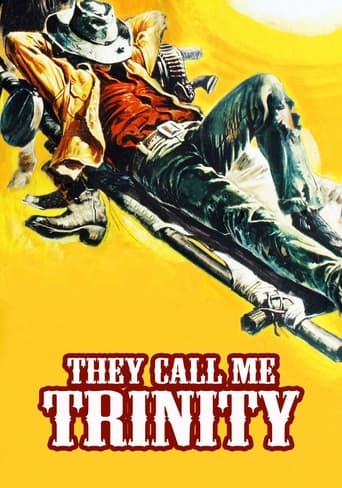
Reviews
In 1927, Howard Hughes began production on a epic featuring the pilots of World War I that would be heavy on aeronautical thrills much in the same vein as "Wings". However, Hughes just could not stop tinkering with his pet project, eventually running the production cost up to four million dollars. This movie is a good example of not being able to tell where Hughes' OCD ends and his desire for perfection begins. However, it all paid off in the end, although it took years. Eventually the film did make eight million dollars, making it one of the top money-making films of the 1930's.There are two major flying sequences in the movie, part of which were actually filmed by Hughes since he couldn't get a professional cameraman to take the kind of chances involved. 1927's "Wings" had some great aerial combat, and had actually won a special Academy Award for engineering, but this film really outstrips it in daring and realism. For example, there are thirty or forty biplanes spinning around one another in one breathtaking combat sequence. Hughes pulled these scenes off largely by employing actual veteran flyers and ex-doughboys eager to show off their skill on camera in return for the big bucks Hughes was offering. However, after three of them died in the extreme sequences, the rest refused to fly for the final scene, saying that they were sure to crash. Hughes decided to fly the scene himself, getting the needed shot. However, just as the pilots had predicted, he also crashed the plane, although he escaped with relatively minor injuries. The main dirigible model was built on a vast scale, and when it explodes (in partial color) the effect is impressive. For the final aerial scene, Hughes used an authentic rebuilt German Gotha biplane bomber.Politically, this film has quite a bit of anti-German sensationalism. For example, the German dirigible commander decides to lighten his ship by ordering his own crew to jump to their deaths. In this film, although there is one "good" German - Roy and Monte's Oxford pal Karl - the women are all faithless. There are no adoring mothers or girlfriends waiting for our airmen to return home in this movie. This is especially true of Jean Harlow's character, Helen. She toys with Roy's heart while every man in uniform becomes her target of opportunity. Helen's outfits are all very revealing and definitely pre-code. There is also plenty of rough language between the pilots, especially when they are aloft. Although this is probably quite realistic in terms of what went on, this also could only happen in the pre-code era. Hughes knew the so-called "code" had no teeth in the era in which this film was made, although his stunts caused him real trouble in his later films.It's hard to tell from the film if Hughes had any real hard and fast feelings about World War I or war in general, or if it was just him inserting the right sense of showmanship at appropriate places to stir up the audience. For example, in one scene a man demonstrating in the street preaches that it is folly to fight a war that is really about capitalism being impeded by the petty inter-fighting of the various European powers, and is beaten by the crowd as a result. But strangely enough, when that line of reasoning is later adopted by the "bad" brother Monte, although much less eloquently, he is deemed a coward. Monte tries to redeem himself by volunteering for a dangerous aerial mission, but even then he has to be dragged to execute the assignment by his brother. When both brothers are captured and Monte wants to tell everything about the pending British attack to his German captors in order to save himself, brother Roy comes up with a clever but unpleasant solution.This is really great entertainment if you are at all interested in either film or aviation history.
Brothers Roy and Monte Rutledge ditch their native Oxford for England's Royal Flying Corps at the onset of the First World War. One of the brothers (James Hall) is madly in love with a beguiling and attractive girl named Helen, played by Jean Harlow. Meanwhile, after the news that war has been declared on Germany, their German friend Karl (John Darrow) is ordered back to his country to enlist in the war and fight Britain; a sentence he resents on account that he considers the English his friends. Karl ultimately ends up on a Zeppelin (a German airship) with orders to bomb an area in London.As the story progresses Roy and Monte volunteer for a risky mission: to bomb a German munitions facility using a German plane. Before they commence to their duty however, Roy and Monte decide to enjoy what could possibly be their last night together and Roy goes off and looks for Helen, only to find her in the arms of another man. (Sometime in mid-1934, The Motion Picture Association of America (MPAA) drafted a document that set the standards on what was acceptable to be shown on motion picture screens. A lewd scene in the movie involving Helen and a drunken man is a fine example of pre-code behavior)."Hell's Angels" was really a movie ahead of its time. Howard Hughes, the director, wasn't afraid to do anything if he knew it would be beneficial to the picture, and cost certainly wasn't an issue because the results were sensational. The aerial sequences alone were convincing for its time, and even today, because it was achieved through the means of practical effects and obviously required an aviator's skill. The color sections of the film (the destruction of the Zeppelin in particular), were also well done, creating the right atmosphere for a highly elevated airship in danger of being compromised. And the sacrificing of the German airman falling down a darkened pit without even so much as a whimper was both frightening and unnerving; this scene is a sparkling example of how images can triumph over words. But what I found most wonderful of all in this film was an eight minute, two-strip Technicolor scene featuring Jean Harlow, the only color footage that exists of the actress.
While I've seen a lot of war movies, including most of the WWII-era films, I don't think I've been impressed by any of them like I was with Hell's Angels.The staged and choreographed aerial battles are amazing to watch, and even more astounding when one considers how they were filmed, and the technology available at the time.Other than the aerial dogfights, little of the movie holds up to today's standards of film-making, but is impressive considering the standards of the day. I challenge any viewer to watch Hell's Angels back-to-back with contemporary films (late 1920s) and not come away amazed.
Ground explosion debris blasting up towards the overhead camera; cameras fixed to aircraft fuselages while the pilot loops the plane; Fokker DVII's biplanes manoeuvring at what seems close to their airframe limits. There are amazing flight sequences and aerial camera work in this film - of such breathtaking quality it makes much of the aerial footage in The Blue Max (1966) and Aces High (1976) look tame.Whatever deficiencies the storyline or some of the acting may have, as others have noted, these are far outweighed by the flight sequences. The model Zeppelin is particularly well done for its time. And if main acting might be deficient, the stunt pilot Frank Clarke (as Lt. von Bruen) acts a memorable response to the the surprise bombing.
